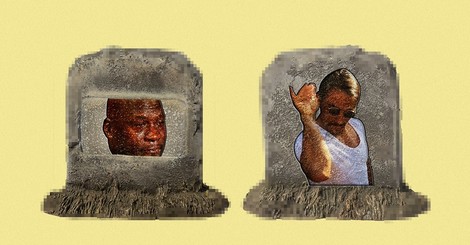Your podcast discovery platform
Curious minds select the most fascinating podcasts from around the world. Discover hand-piqd audio recommendations on your favorite topics.

piqer for: Global finds Technology and society Globalization and politics
Elvia Wilk is a writer and editor living in New York and Berlin, covering art, architecture, urbanism, and technology. She contributes to publications like Frieze, Artforum, e-flux, die Zeit, the Architectural Review, and Metropolis. She's currently a contributing editor at e-flux Journal and Rhizome.
Why Some Memes Stick Around
Most people think of memes as ephemera: each has its day, and then it passes on into the netherworld of internet archives and dead twitter feeds.
This is true to some extent: most memes are indeed flashes in the pan, known only briefly, if at all, to the typical (avid) internet user—especially since internet trends move faster than they used to only a few years ago, and users’ attention spans seem to be shrinking.
But undoubtedly some internet artifacts last longer—and some memes embed themselves into public consciousness, becoming cultural touchstones for what feels like eternity in the internet age.
“Why do some memes last longer than others? Are they just funnier? Better? And if so, what makes a meme better? The answer lies not in traditional memetics, but in the study of jokes.”
Lauren Michele Jackson approaches the question of why, for instance, Pepe the Frog has outlived the White Guy Blinking meme, from a historical viewpoint. Just like traditional jokes, she believes, the ones that recur are ones that speak to the current moment and are thus politically inflected in some way. We can look to the era for answers about why certain memes circulate endlessly—and we can look to the memes for clues about the era.
“Memes capture and maintain people’s attention in a given moment because something about that moment provides a context that makes that meme attractive.”
